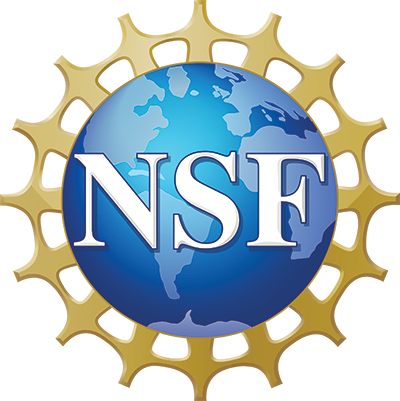CICF 2022: Application of Edge-to-Cloud Methods Toward Deep Learning
Authors: Khushi Chaoudhary; Nona Nersisyan; Edward Lin; Shobana Chandrasekaran; Rajiv Mayani; Loïc Pottier; Angela P. Murrilo; Nicole K. Virdone; Kerk Kee; Ewa Deelman
Paper accepted to eScience Conference 2022: https://ci-compass.org/news-and-events/news/ci-compass-student-fellows-to-present-at-escience-2022/
Poster Published October 3, 2022
Poster presented at eScience Conference 2022: https://ci-compass.org/news-and-events/news/ci-compass-fellow-presents-research-paper-poster-at-ieee-escience-2022/
Abstract: Scientific workflows are important in modern computational science and are a convenient way to represent complex computations, which are often geographically distributed among several computers. In many scientific domains, scientists use sensors (e.g., edge devices) to gather data such as CO2 level or temperature, that are usually sent to a central processing facility (e.g., a cloud). However, these edge devices are often not powerful enough to perform basic computations or machine learning inference computations and thus applications need the power of cloud platforms to generate scientific results. This work explores the execution and deployment of a complex workflow on an edge-to-cloud architecture in a use case of the detection and classification of plankton. In the original application, images were captured by cameras attached to buoys floating in Lake Greifensee (Switzerland). We developed a workflow based on that application. The workflow aims to pre-process images locally on the edge devices (i.e., buoys) then transfer data from each edge device to a cloud platform. Here, we developed a Pegasus workflow that runs using HTCondor and leveraged the Chameleon cloud platform and its recent CHI@Edge feature to mimic such deployment and study its feasibility in terms of performance and deployment.
Published in: 2022 IEEE 18th International Conference on e-Science






